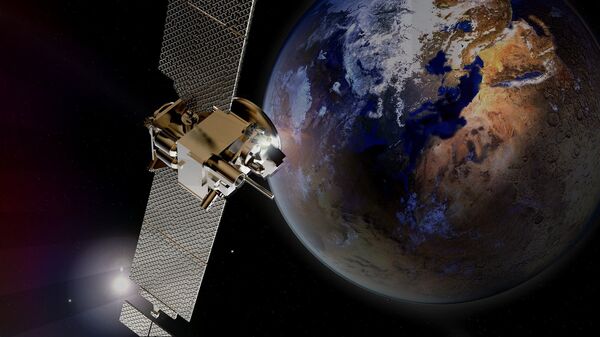The device consists of a two-layer protective shield made of aluminium, steel or copper with many cone-shaped elements on the surface. The tops of the cone-shaped elements are coated with a hard alloy. The gaps between the cones are filled with composite material.
Upon impact, an object should fall apart into smaller fragments, losing some of the energy, and the fragments should be thrown in different directions, hitting the cone-shaped base of the protective shield.
The cone-shaped protection system should be 10 percent lighter than the thickness of a flat shield, the patent specification says.
At present, anti-meteorite shields of various designs are used to protect modules of the International Space Station (ISS) and spacecraft from damage. To prevent the collision of the ISS and spacecraft with large objects, the procedure for correcting their orbit is also used. Earlier, Roscosmos said that it was controlling the flight path and was ready to conduct manoeuvres of 74 Russian spacecraft.
According to Roscosmos, there are currently 600,000 to 700,000 objects of space debris larger than a centimetre (0.4 inches) in the near-Earth space.

